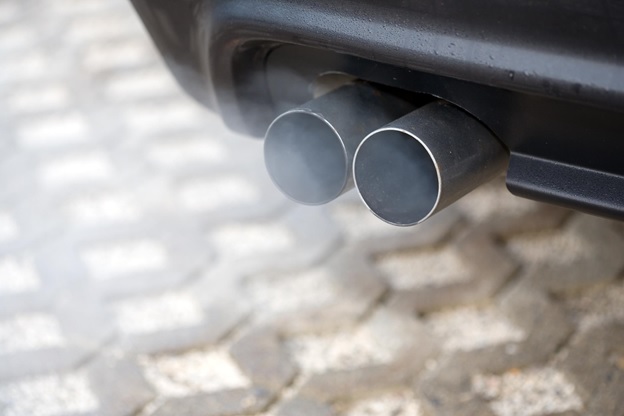Transport accounts for around 30% of global carbon emissions, and 72% of these emissions come from road transportation – from cars, vans, lorries, buses and other road vehicles.
With road transport creating such a large percentage of global emissions, it’s crucial that drivers do all they can to cut their carbon footprints down to size. If you need to have a car, whether for work, visiting family or other reasons, you can still go greener. There is plenty that you can do to reduce your emissions, from driving more fuel efficiently to switching to a hybrid or electric vehicle.
How to reduce carbon emissions
While significant, large-scale global action is needed to reduce carbon emissions and prevent a climate crisis, the actions of each individual can still make a big difference.
You personally can reduce your carbon emissions by making changes to your family’s lifestyle. For example, you can commit to flying less, eating less meat, shopping local (so your food and other products don’t have to travel so far) and voting with your wallet by avoiding fast fashion and other unethical or unsustainable companies. These lifestyle changes can all help us reduce our carbon emissions, especially if we can spread the word to influence similar changes among our friends and family.
You can make even more of a difference on the roads. Driving less and using public transport, as well as cycling or walking for shorter journeys is a great idea. But you can even reduce your car-related carbon footprint by making changes to your driving behaviour and how you maintain your car. Best of all, you could make the switch to a greener, lower emissions car.

How can I reduce my car’s CO2 emissions?
By far the best way to reduce your car’s carbon emissions is to switch to a more fuel-efficient vehicle. You can get a smaller, lighter car that requires less fuel to run or even better, buy or lease an electric or hybrid car.
These cars can sometimes be more expensive to buy outright, but they’ll more than pay for themselves in the long run due to the money you’ll save on fuel. And in some cases, you can benefit from very cheap or even no car tax if your vehicle is in a very low emissions category.
If you’re happy with your existing car or aren’t able to change it right now, there are two main ways you can reduce its CO2 emissions and fuel consumption. Firstly, you should make sure you maintain the vehicle properly. For example:
- Keep the tyres properly inflated and in good condition – this can make a big difference to your car’s fuel economy.
- Use the correct type and grade of motor oil – looking after your car’s engine, making sure it is properly cleaned and all moving parts lubricated means that it works more efficiently.
- Always get your car fully serviced (rather than getting just a basic service) to make sure the engine and other crucial components are fine-tuned and in great condition.
- Look into adding a cleaning agent into your fuel system, which can remove deposits and lower your emissions. Many premium fuels will do this for you, as they contain additives to clean your fuel system.
You should also remove any unnecessary weight from your car. For example, heavy items in the boot or unused roof racks – these can increase wind resistance when driving at speed and make your vehicle less aerodynamic. It’s very easy to forget about these items, but they could be driving up your carbon emissions and fuel consumption at the same time. Remember that the more weight you carry, the more fuel your vehicle will be using.
The second biggest change you can make to your car’s CO2 emissions is the way you drive it. Studies have found that a vehicle’s fuel efficiency can be affected by as much as 30% by driver behaviour, especially when it comes to aggressive driving styles. If you accelerate very quickly, drive very fast and brake sharply, you’ll be burning much more fuel than driving at a steady even pace.
If you want to reduce your car’s carbon emissions, you’ll need to make real changes to your driving style. Reducing your speed is an excellent place to start, making sure you accelerate and brake smoothly. In many situations, if you can read the road ahead you’ll be able to slow your vehicle naturally and gradually.
Other driving tips for lower carbon emissions include:
- Winding the windows up while driving – if they’re open, this creates drag which means your car is less efficient and uses more fuel.
- Only use your air conditioning when necessary – as these systems use fuel.
- Switching your engine off when waiting or stopping for a short time – an idling engine burns fuel and contributes to carbon emissions and poor air quality.
